Victoria Roznowski’s Master’s Thesis, “Brick By Bit,” explores the intersection of computational design and 3D printing to revolutionize clay facade bricks, enhancing thermal properties and integrating greenery for sustainable building practices. The project features interlocking bricks that eliminate the need for mortar, allowing for complete reuse after disassembly. The facade system includes three brick types: one with a greenery pocket and two designed to channel rainwater toward these planters.
To optimize the 3D-printed bricks, Roznowski conducted thermal simulations using the Finite Element Method (FEM) with the Grasshopper plugin TRfem by Matthias Fuchs. This process evaluated various infill patterns, focusing on thermal loss and resistance. The best pattern was selected and enhanced with additional insulation to meet the German Energy Saving Ordinance (EnEV) requirement of a U-value below 0.24. Bricks with ventilated chambers were developed for the top and bottom of the facade, enhancing thermal regulation and air circulation.
Fabrication was a key focus, with initial parameter tests conducted using a Wasp 2040 Delta clay 3D printer. These tests assessed nozzle-to-layer height ratio, maximum overhang, 90-degree gap-bridging, texture visibility, overlapping factor, connection offset distance, and shrinkage. Roznowski developed a custom G-code generator script in Grasshopper, allowing for precise toolpaths and texture manipulations. The exterior surfaces were textured to improve water channeling, and a 1:2 scale prototype with 14 exterior and 8 interior bricks was produced, demonstrating the concept.
Future enhancements include adding glazes, conducting standardized tests, improving side-to-side connections, and expanding the brick system for various use cases.
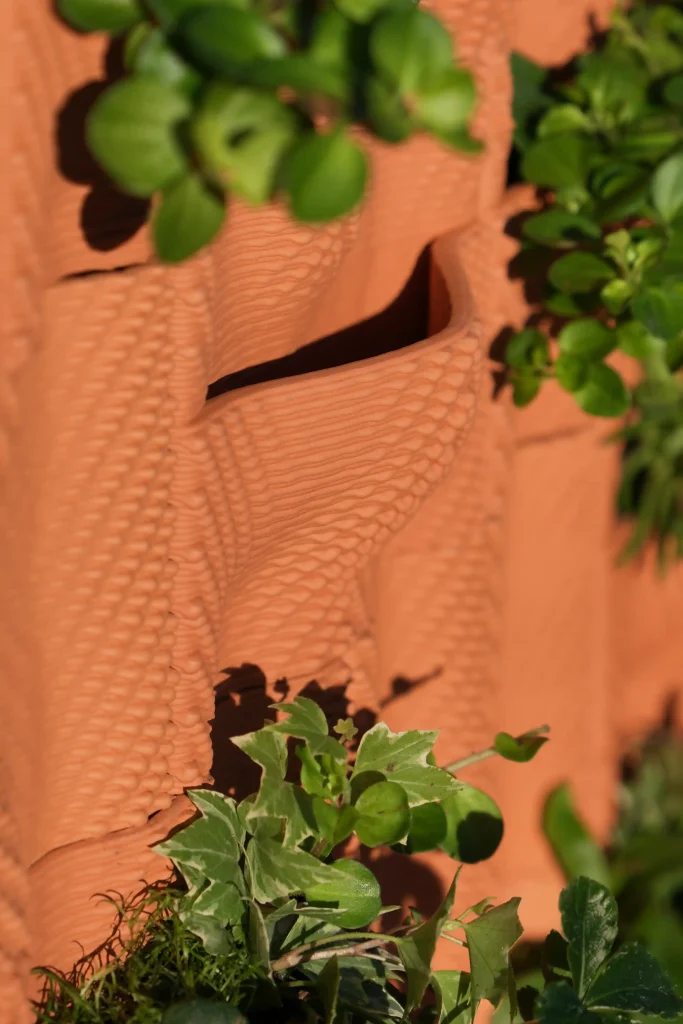
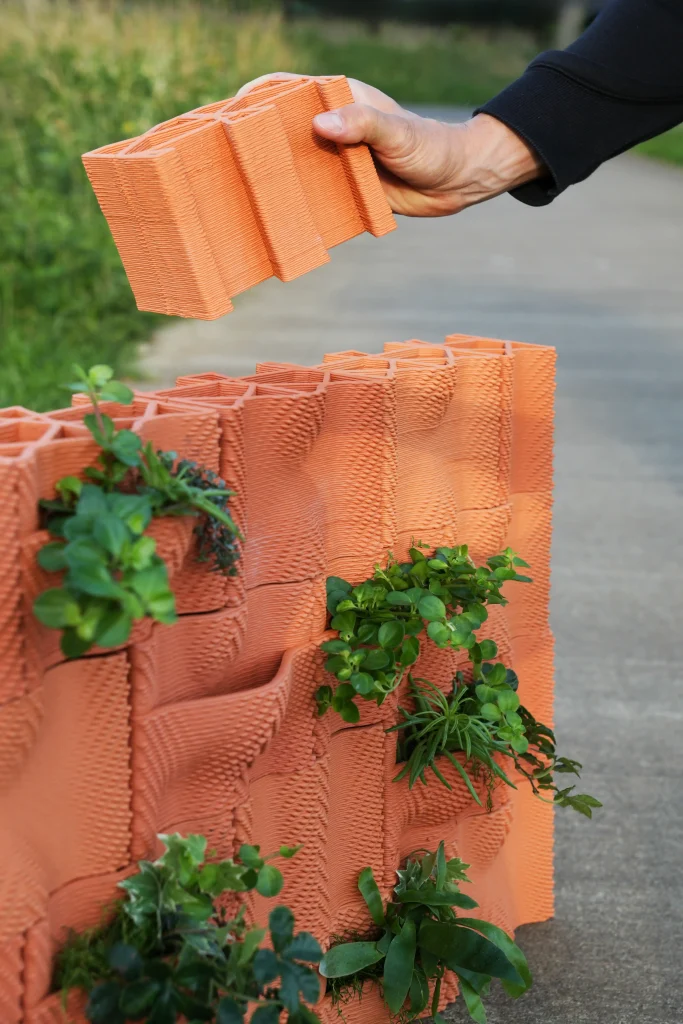
“Brick By Bit” highlights the potential of 3D-printed facade bricks in modern architecture. The project’s prototype demonstrates practical application and effectiveness, showcasing the integration of thermal properties and greenery as a sustainable, energy-efficient solution.
The interlocking design ensures easy assembly and complete reusability, while the custom G-code and parameter tests emphasize the importance of precise fabrication for optimal performance. This thesis sets the stage for further exploration and development of innovative 3D-printed facade systems, promising significant advancements in sustainable building technologies.

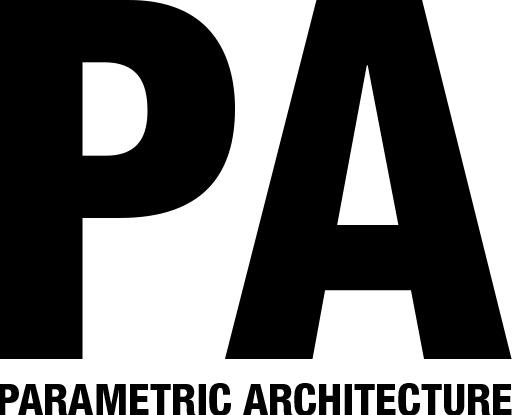


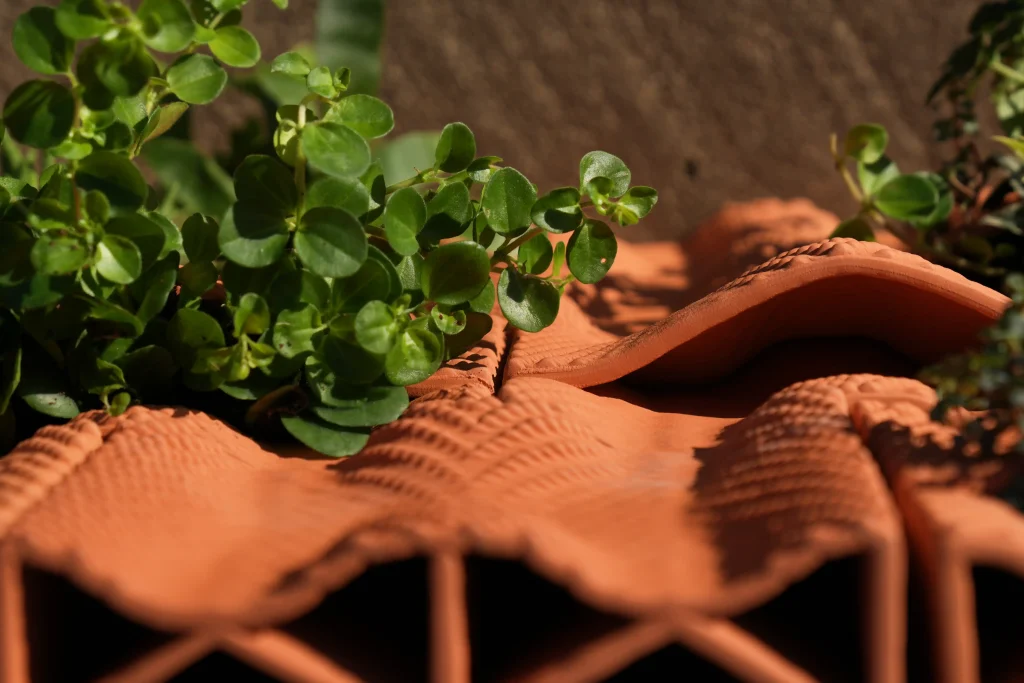
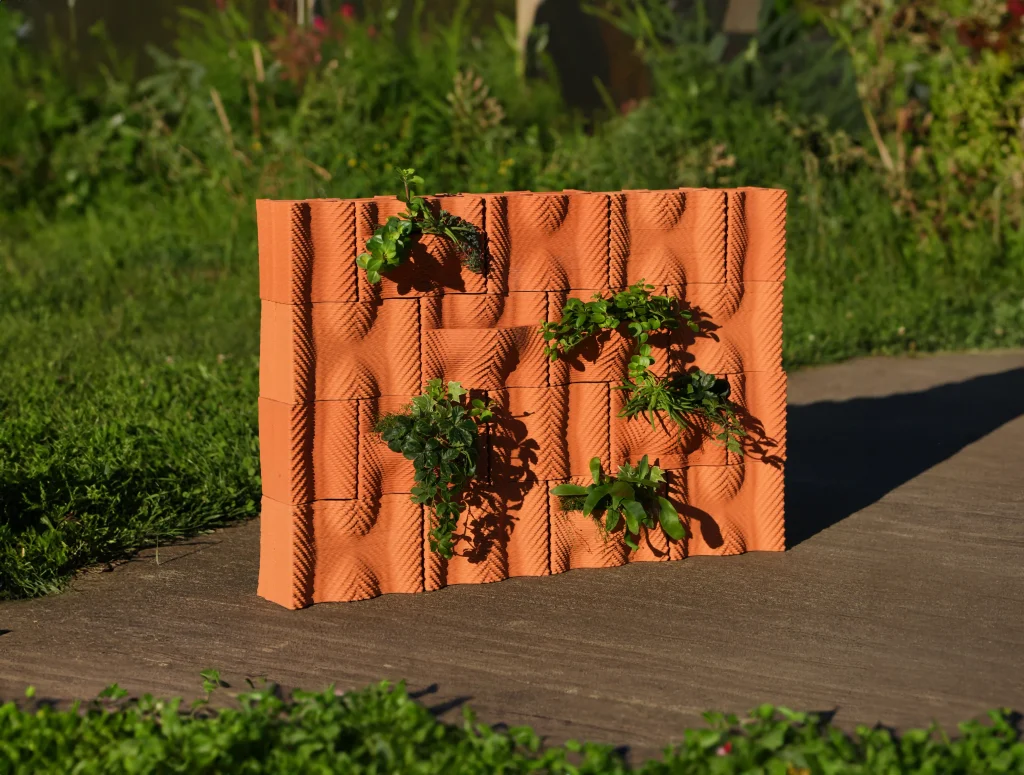
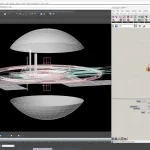

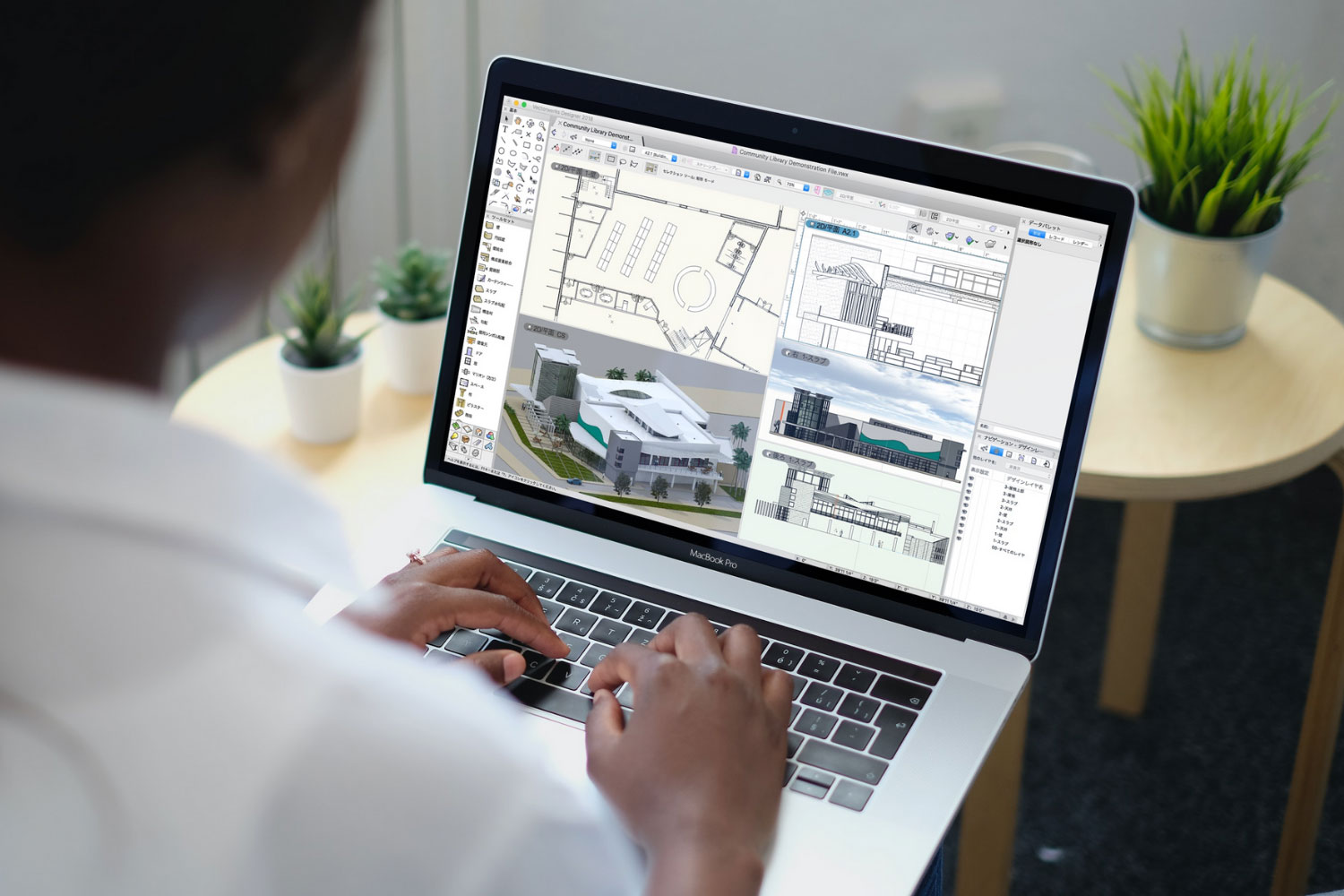











I love this project, I wish I could have such a creative brick facade in my house.